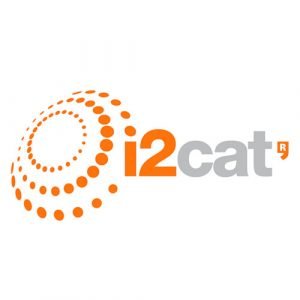
Keep up to date with our innovative initiatives.
Sign up here

Started at: 01-01-2013
Ends on: 31-12-2015
Budget: 870,000 €
Areas: RINA
Researching and prototyping RINA tu support distributed computing. Driven by the requirements of the emerging applications and networks, the Internet has become an architectural patchwork of growing complexity which strains to cope with the changes. The Internet needs to move beyond TCP/IP to prosper in the long term, TCP/IP has outlived its usefulness. The Recursive InterNetwork Architecture (RINA) is a new Internetwork architecture whose fundamental principle is that networking is only inter-process communication (IPC). RINA reconstructs the overall structure of the Internet, forming a model that comprises a single repeating layer, the DIF (Distributed IPC Facility), which is the minimal set of components required to allow distributed IPC between application processes. IRATI’s aim is to advance the state of the art of RINA towards an architecture reference model and specifications that are closer to enable implementations deployable in production scenarios.The design and implemention of a RINA prototype on top of Ethernet permits the experimentation and evaluation of RINA in comparison to TCP/IP.
IRINA, thus, wants to produce an open source RINA implementation for the Linux OS on top of Ethernet. FP7 IRATI has already open-sourced the first release of the RINA implementation, called as the project “IRATI”. The implementation will be further enhanced by the PRISTINE and IRINA projects.
1. Enhancement of the RINA architecture reference model and specifications, focusing on DIFs over Ethernet. The project objectives are:
2. RINA open source prototype over Ethernet for a UNIX-like OS.
3. Experimental validation of RINA and comparison against TCP/IP.
4. RINA prototype over Ethernet for JunOS.
5. Interoperability with the Pouzin Society RINA prototype over UDP/IP.
6. Provide feedback to OFELIA in regards to the prototyping of a clean slate architecture.
RINA supports inherently and without the need of extra mechanisms mobility, multi-homing and Quality of Service, provides a secure and configurable environment, motivates for a more competitive marketplace and allows for a seamless adoption.
RINA is the best choice for the next generation networks due to its sound theory, simplicity and the features it enables. IRATI’s goal is to achieve further exploration of this new architecture. IRATI will advance the state of the art of RINA towards an architecture reference model and specifications that are closer to enable implementations deployable in production scenarios. The design and implemention of a RINA prototype on top of Ethernet will permit the experimentation and evaluation of RINA in comparison to TCP/IP.






This project has received funding from the European Union’s Seventh Framework Programme for research, technological development and demonstration under grant agreement no 317814.